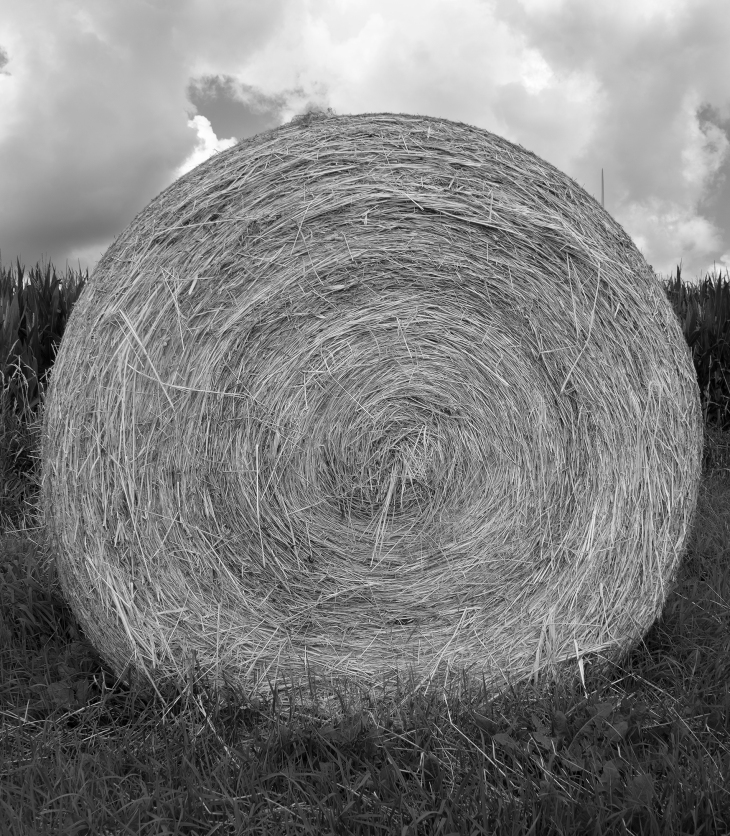My mother was certain my brother had planned his own death, but she wasn’t sure how he did it.
Author: Another Chicago Magazine
My sister wrapped her arms around me. I did not cry. I felt nothing.
(nonfiction)
The latest in our FORTHCOMING series of excerpts from new books
“Yesterday’s rosy cheeks we thought would stay. / Today our hair has turned more and still more gray.”
I’d assumed I’d share my story with him over a beer when he was in his late twenties. A fun anecdote not a cautionary tale.
(nonfiction)
The latest in our FORTHCOMING series of excerpts from new books
“For once, I don’t want to call love a feral cat; / I want to forgive myself the way water / forgives everything.”
I have stories and photographs to remind me. But the rest is scattered like the 509th on that beach.
(nonfiction)
where were you // when you heard it / who were you with / what did it make you feel
Sudden understanding has snapped me from her side like a branch from a tree in strong wind.
(fiction)
I dreamed a lot that night, many dreams and deep dreams, and more nights followed with dreams like that.
All that’s left of the baby is the rattle. / All that’s left of the granny is her knitting.
Back then, protecting the border was about preventing people from getting out; now it means not letting anyone in…
(fiction)
The synagogue of my youth wandered throughout the city, from the basement of the Methodist church on the Manayunk hills to the East Falls nursing home…
The latest in our FORTHCOMING series of excerpts from new books
“In the end when they ask would I do it again // I’ll shake my head: where does one draft / end and another begin?”
When someone’s chasing you with a knife, / you just run, as someone said ages ago in a statement, / actually a manifesto demanding a person be face to face / with the words or they won’t count.
I might have lived a life or two / instead of counting steps in the parking lot, / between the rust-colored cars, / missing you.
The summer heat sprawls on my skin like a thick cover of wet glue.
(nonfiction)
The latest in our FORTHCOMING series of excerpts from new books
“She washed her hair and chose the most suitable clothes her closet would allow, the kind of outfit she imagined the woman who headed up the office of human resources would want to see.”
(fiction)
I blossomed into violet / flames while my / Self, in silent flight / within my soul, / drank and sang / until dawn.
To be seen was to be ashamed and to admit to experiencing pleasure was to be disgusting.
(nonfiction)
The latest in our FORTHCOMING series of excerpts from new books
“But when Flora dried off, put on her housecoat and entered the bedroom, she was not prepared for what she saw.”
(fiction)
I’m paranoid, I’m chronically fatigued. / Neither Freud nor Jung can help. / Lord, grind us with your palette knife down into / the dark, into the soil.
(poetry)
By reflex I turned to leave, but in the center of the open doorway stood the silhouette of a second man, holding a pitchfork across his waist as if to block my path.
(nonfiction)
Kafka can sit for hours on the corner of the balcony, the elbow, looking down on the busy intersection. On one corner, across from us is the Escher House, a three-story mansion now converted into cheap rooms.
(nonfiction)
The latest in our FORTHCOMING series of excerpts from new books
“an archipelago: / a chain of islands / and also, / what contains them”
(poetry)
I held my magazines in my lap and looked longingly out the window, believing myself to be a melancholic character in the movie of my life.
(fiction)
Thirty-four houses in thirty-four years, as if the idea of putting down roots was anathema to her.
(reviews)
The latest in our FORTHCOMING series of excerpts from new books
“And what if dying is like / that time I got out of school early / because I had an appointment”





























